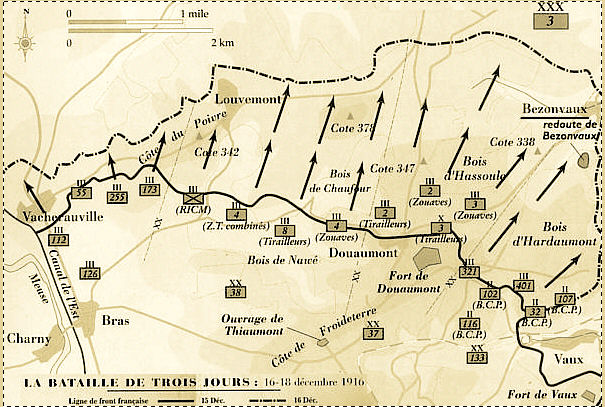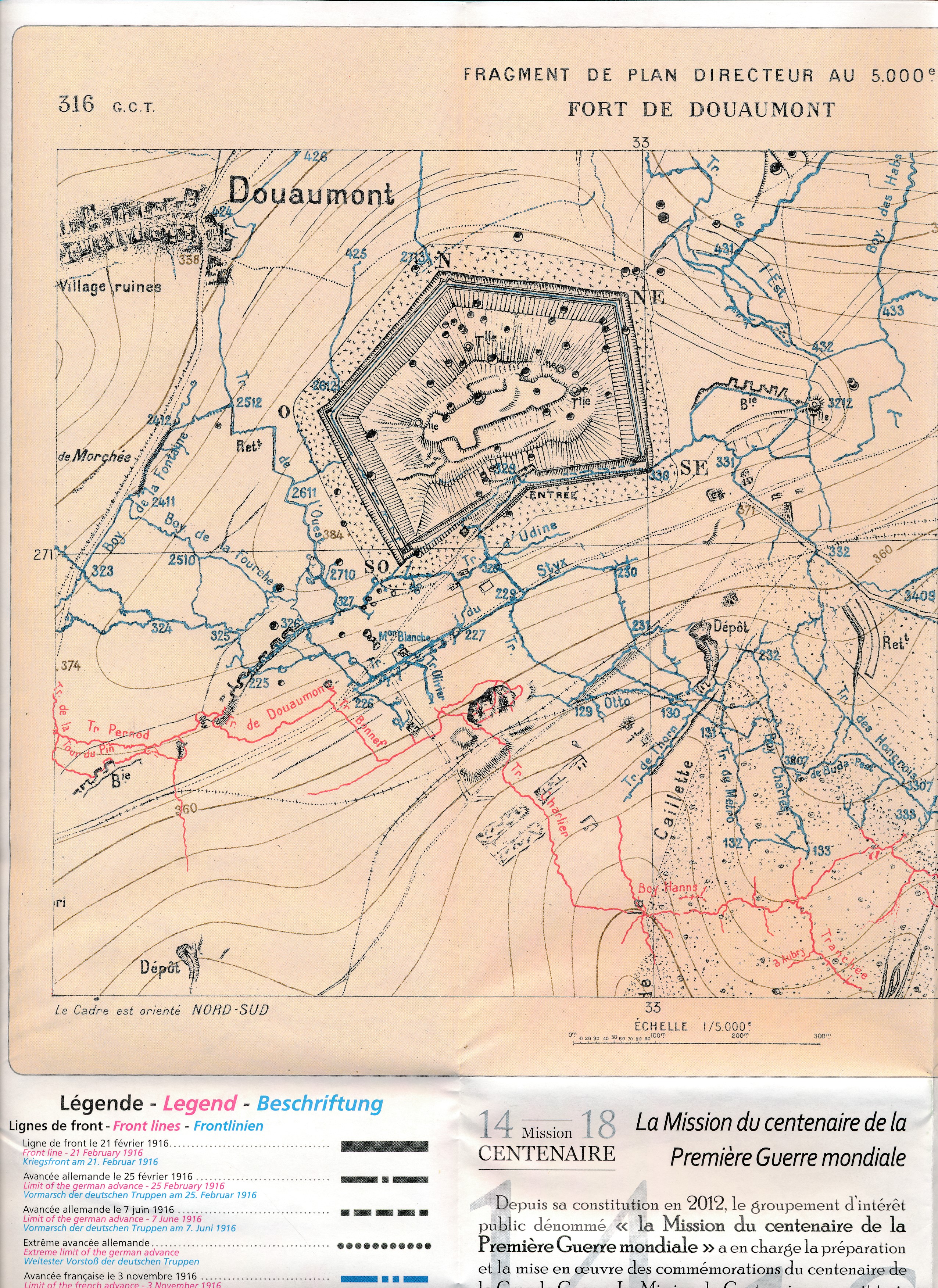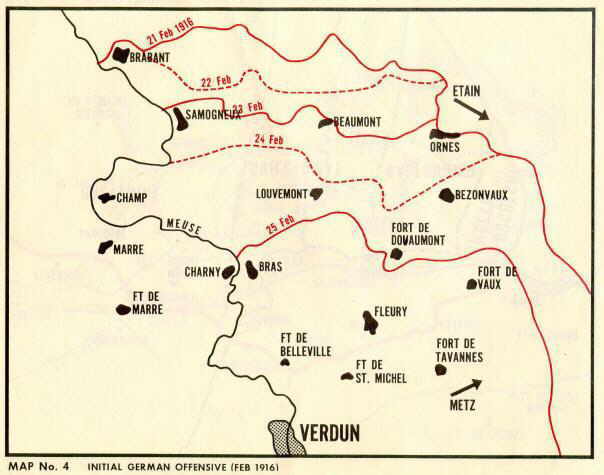
Also, the virtual reality experience in the galleries is forbidden to children under eight years old. In virtual reality, you can watch the ceremony of the selection of the unknown soldier in the gallery where it actually took place at the time!īefore your visit, there is some essential practical information to note! First, we advise you to bring warm clothes, as it is rarely more than 8 degrees in the galleries.

This fascinating visit inspires many emotions thanks to the total immersion it offers to visitors. During a journey by wagon or on foot in the galleries, 16 meters under the rock, we meet three other front line soldiers, and we learn more about the underground life of the citadel in wartime. With an augmented reality helmet on your head, you can enter the shoes of Jean Rivière, a soldier in the trenches. Today, the citadel’s heart is home to an exceptional museum, which offers a unique educational and historical experience. Therefore, it played an essential role during the Battle of Verdun and during the four years of the Great War. Today, it is a rock in the history of the First World War, which was thankfully never hit by bombing. Thus, it played a strategic role in the survival of the troops fighting on the surface during the Battle of Verdun. Moreover, thanks to its galleries dug 16 meters under the rock, it resisted shells and protected the men inside. The citadel even had offices, ammunition stores, a makeshift hospital, dormitories, a bakery, and even a telephone exchange with electricity. Finally, during the First World War, it became an actual underground city. It was then continuously improved over the years.

The underground citadel of Verdun was built between 15. It was General Serré de Rivières, Director of the Engineering Department at the Ministry of War, who was responsible for the layout of the underground citadel as we know it today Through the books eleven chapters, Jankowski investigates a sound and fundamental question about Verdun: Why attack a place of uncertain strategic and. From 1886 to 1893, 4 km of galleries were dug under the existing Citadel on Mont Saint Vanne to accommodate men and equipment in case of conflict. It’s a poignant discovery that complements the visit to the fort.The underground citadel of Verdun was built at the end of the 19th century. In the Fort Douaumont museum, numerous films, photos, archival documents, and testimonies tell the story of the fort and the heroic soldiers who fought there. Finally, in October 1916, after six days of preparation and a particularly dense artillery deployment, an umpteenth attack succeeded in retaking the fort. However, the French army fought to recapture the fort for eight months by showering it with shells. Four days after the beginning of the battle, it was in the hands of the German army. In a few days, the front line came dangerously close to the fort. Fort Douaumont was a prime target: it received about 800 shells in two days. On February 21, 1916, the Germans attacked Verdun. The stabilization of the front line changed the type of combat used. However, from 1915, the village could no longer hold out. Its efficiency and the resistance of its armament made it one of the most sturdy buildings in the entrenched camp of Verdun.įrom the beginning of the First World War, the village of Douaumont and its surroundings were put in a state of defense: trenches were dug, barricades were erected, and barbed wire was hung. That is why Fort Douaumont was covered with a thick layer of concrete in the most exposed and sensitive areas. Indeed, at that time, new shells had the capacity to destroy the masonry structures already. Its construction was almost immediately obsolete because of its masonry construction. Overlooking the valley southwest of Douaumont at an altitude of almost 400 meters, the fort has been classified as a historical monument since 1970.

Moreover, it is to this battle that it owes its fame. Built between 18, Fort Douaumont was a strategic location of the Battle of Verdun in 1916.


 0 kommentar(er)
0 kommentar(er)
